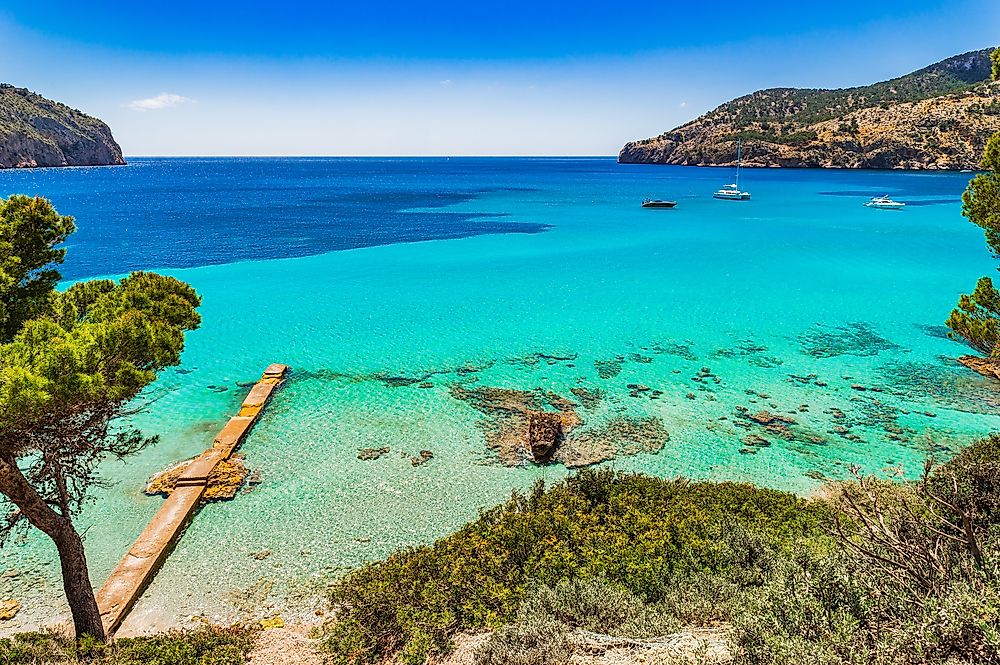Did You Know That The Mediterranean Sea Was Desiccated For Millions Of Years Before A Flood Refilled It?

The Mediterranean Sea is a water body separating three continents - namely Africa, Europe, and Asia. It is linked to the Atlantic Ocean and almost enclosed by land. Sometimes the sea is treated as an extension of the Atlantic Ocean but in reality, it is a separate sea. The term "Mediterranean" is a Latin word for “inland.” The sea covers an area of approximately 965,000 square miles with its link to the Atlantic Ocean, also known as Strait of Gibraltar, only 8.7 miles wide. Strait of Gibraltar connects the sea to the Atlantic Ocean and also forms the border between Spain and Gibraltar. The sea averages about 4,900 feet in depth with the deepest point, Calypso Deep, being over 17,250 feet. The Mediterranean Sea was an important ancient route that allowed for trade and cultural exchange between the people of the region. But how did the sea come about?
Messinian Salinity Crisis
Geological studies indicate that the Mediterranean Sea was completely dried up over 600,000 years before the Zanclean flood partly refilled it about 5.3 million years ago. About 5.6 million years ago, the sea was completely cut off from the Atlantic Ocean and was completely desiccated by evaporation in a period that the geologists describe as Messinian Salinity crisis. The Messinian Salinity crisis began about 6 million years ago when the Mediterranean was cut off from the Atlantic Ocean. MSC was triggered by the closure of the Betic Corridor during the late Miocene period. The crisis persisted for about 630,000 years until around 5.3 million years ago. During this period, the Mediterranean was subjected to intensive evaporation and precipitation of evaporates, leading to accumulation of salt deposits at the bottom of the basin that is about one million cubic kilometers.
The Zanclean Flood
The intensity of evaporation and accumulation of salt deposits almost turned the Mediterranean Sea into a desert. Luckily, about 5.3 million years ago, the Atlantic Ocean water found its way to the dry sea via the Strait of Gibraltar. According to the geological evidence, a resulting flood referred to as the Zanclean flood, may have been responsible for the refilling of the Mediterranean Sea. The flooding also marked the beginning of the Zanclean Age. The term “Zanclean” was coined in 1972 by Maria Bianca Cita during a Deep Sea Drilling Project to study the transition between the MSC and Zanclean Age. It is estimated that the Mediterranean flooded during a period estimated to be between several months and two years. The sea level rise may have been at a rate of about 30 feet per day. Not all scientists have agreed with the interpretation of the Zanclean events. Some have argued that the refilling of the Mediterranean Sea after the MSC may have been gradual, taking as long as ten years.
The Current Status
Currently, the rate of evaporation of the Mediterranean seawater is higher than the input of fresh water by precipitation leading to a higher salinity than that of the Atlantic Ocean. The water of the Mediterranean Sea is so saltier that the water sinks below the water coming from the Atlantic Ocean, leading to a flow of two layers across the strait.











